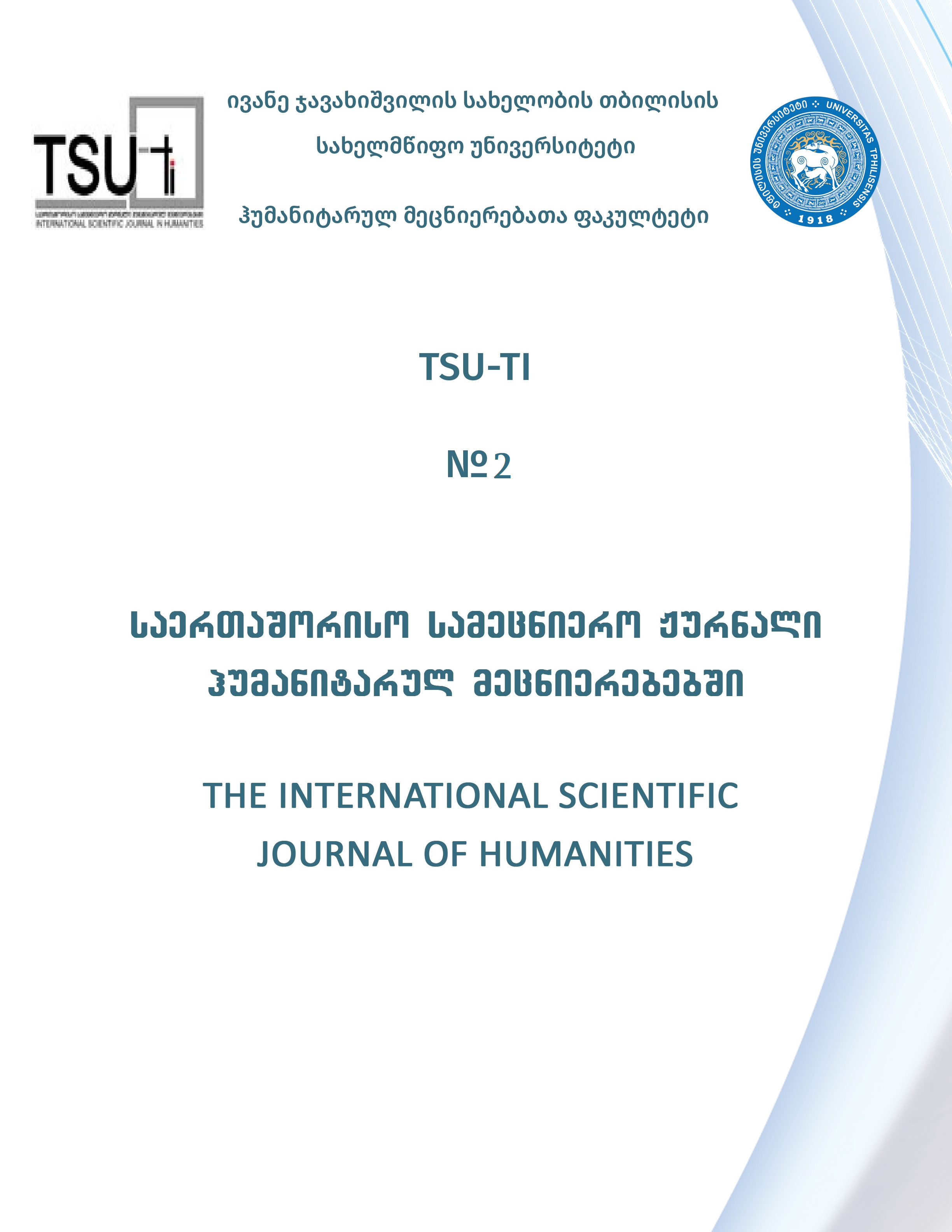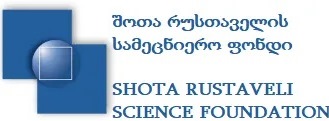Slang and the Challenges of Translating Slang (The Catcher in the Rye by J. D. Salinger, Translated into Georgian by Gia Chumburidze)
DOI:
https://doi.org/10.55804/TSU-ti-2/TsomaiaKeywords:
slang, slang translation, vocabularyAbstract
Slang is one of the most intriguing and complex aspects of language. Its emergence is closely tied to historical, social, and cultural trends. Slang is widely used in fiction, where it often serves to highlight the creative qualities of a character and add a comedic element to a situation due to its national, linguistic, and social nuances. This topic is particularly relevant because slang has received limited attention in translation theory. Its function goes beyond merely conveying meaning from one language to another; it also encapsulates cultural concepts. Since ancient times, translation has served as a means of interlanguage and intercultural communication. Translators face the challenge of finding the most accurate and appropriate ways to translate slang, a goal that can be achieved through various techniques, such as compensation, clarification, antonymic translation, and substitution. In our study, we focused on The Catcher in the Rye by J.D. Salinger, as this novel presents a fresh perspective on the translation of slang. The paper is based on empirical and descriptive research, employing comparative analysis between the original text and its Georgian translation. English lexical items were compared with their Georgian equivalents to explore how slang is rendered in translation. The primary objective of the study is to identify slang in The Catcher in the Rye and analyze the translation methods used to render these words in Georgian. Through comparative analysis, we aim to reveal the strategies employed by translators when handling slang. The research methodology is interdisciplinary, reflecting one of the key paradigmatic trends in modern humanities. In our research, it is essential to combine insights from linguistics and literary studies. On one hand, we analyze a text from a linguistic perspective, and on the other hand, we consider it as a literary work, requiring a literary analysis. The language in The Catcher in the Rye reflects the sociolect of the protagonist, Holden Caulfield. Holden is a rebellious teenager with uncompromising views on many subjects, and his language is filled with slang and jargon. This approach allows the author to immerse readers in Holden’s world and accurately reflect the reality in which teenagers live, think, and speak. Youth slang is a dynamic and constantly evolving system, making it particularly challenging for translators. The vocabulary of any language mirrors the world around us, and the language of modern prose reflects trends in the speech of young people. Characters in fiction often use slang and jargon to enhance the emotional tone of their speech, making it more expressive and relatable. In our research, we found that vulgarisms are often translated using softening methods, though examples of synonymic translation were also observed. To enhance the artistic effect, translators have created phraseological units typical of colloquial speech, and methods such as equivalent and antonymic translation are frequently used to capture the essence of these phrases. Ultimately, the study has shown that translation is a form of linguistic mediation. The translated text must be communicatively equivalent to the original, effectively replacing it while maintaining the original’s meaning and intent.
References
გაბუნია, თ. (2014). ჯერომ სელინჯერი - ნამდვილი ბრძოლა, თბ., 2014.
თაყაიშვილი, ა. (1961). ქართული ფრაზელოგიის საკითხები, თბ., 1961.
ლომთაძე, თ. (2010). თანამედროვე ქართული სოციოლექტი, თბ., 2010.
მიქავა, ლ. (2016). ფრაზეოლოგიზმები, იდიომატური სიტყვაწარმოება და არანორმატიული ლექსიკა თანამედროვე ქართულ სალიტერატურო ენაში: ფილოლოგიური პარალებები, #8. თბ., 2016.
საყვარელიძე, ნ. (2001). თარგმანის თეორიის საკითხები, თბილისი.
სელინჯერი, ჯ. (2006). კლდის პირზე ჭვავის ყანაში, თბ, 2006 (მთარგმნელი გია ჭუმბურიძე).
სელინჯერი, ჯ. (2020). თამაში ჭვავის ყანაში, თბ, 2020 (მთარგმნელი ვახტანგ ჭელიძე).
ღლონტი, ალ. (1988). ქართული ლექსიკოლოგიის საფუძვლები, თბილისი.
ხვითარია, ლ. (1970). ჯერომ დევიდ სელინჯერი, თბილისი.
Aiman.A. “Catcher in the Rye by J.D. Salinger – Review.” The Guardian, Guardian News and Media, 21 June 2012, www.theguardian.com/books/2012/jun/21/review-salinger-catcher-rye.
Salinger, J.D. (2003). The Catcher in the Rye, Antology.
ლექსიკონები
თეზელიშვილი, ს. (2007) უცხო სიტყვათა ლექსიკონი, (სოლომონ (ბიჭი) თეზელიშვილი, რედ. გურამ აბსანძე), თბილისი.
ბრეგაძე, ლ. (2005). ქართული ჟარგონის ლექსიკონი, თბილისი.
გვარჯალაძე, თ., და გვარჯალაძე, ი. (2003). ინგლისურ-ქართული ლექსიკონი, თბილისი.
ქართული ენის განმარტებითი ლექსიკონი (ერთტომეული). (1986). თბილისი.
Collins English Dictionary. https://www.collinsdictionary.com/
John, A. (1999). Oxford Dictionary of Slang , Oxford University Press
ონლაინწყაროები:
https://archive.nytimes.com/www.nytimes.com/books/98/09/13/specials/salinger-rye02.html;
Downloads
Published
How to Cite
Issue
Section
License
Copyright (c) 2025 Authors Retain All Rights. TSU-ti has Only the Right of the First Publication.

This work is licensed under a Creative Commons Attribution-NonCommercial-NoDerivatives 4.0 International License.










